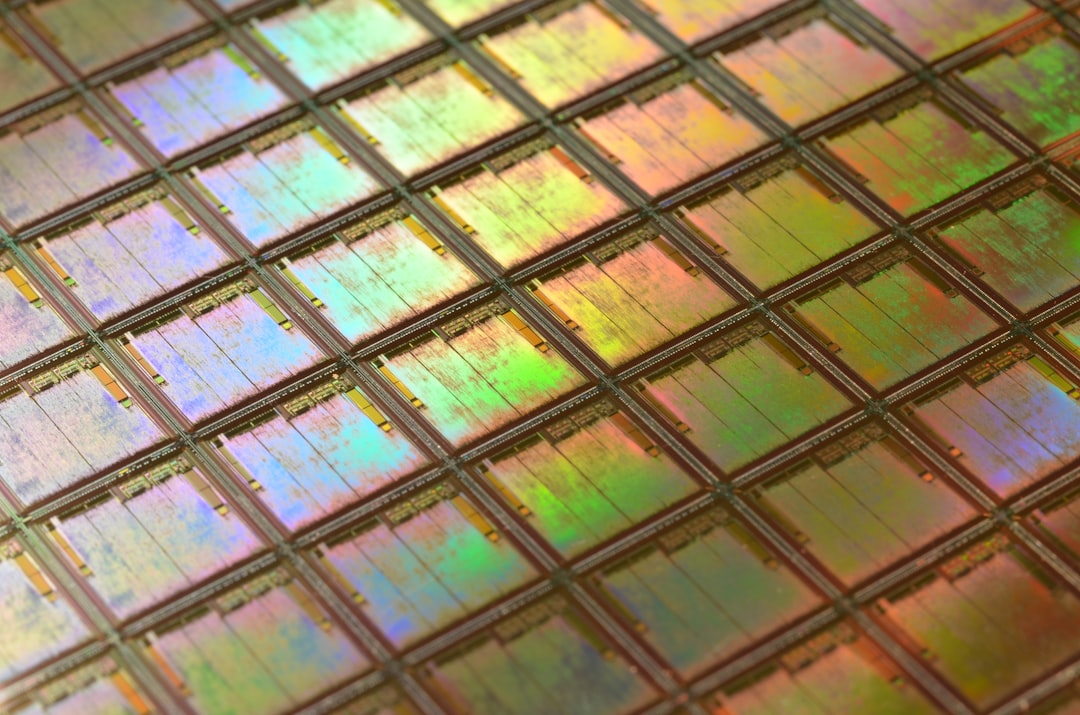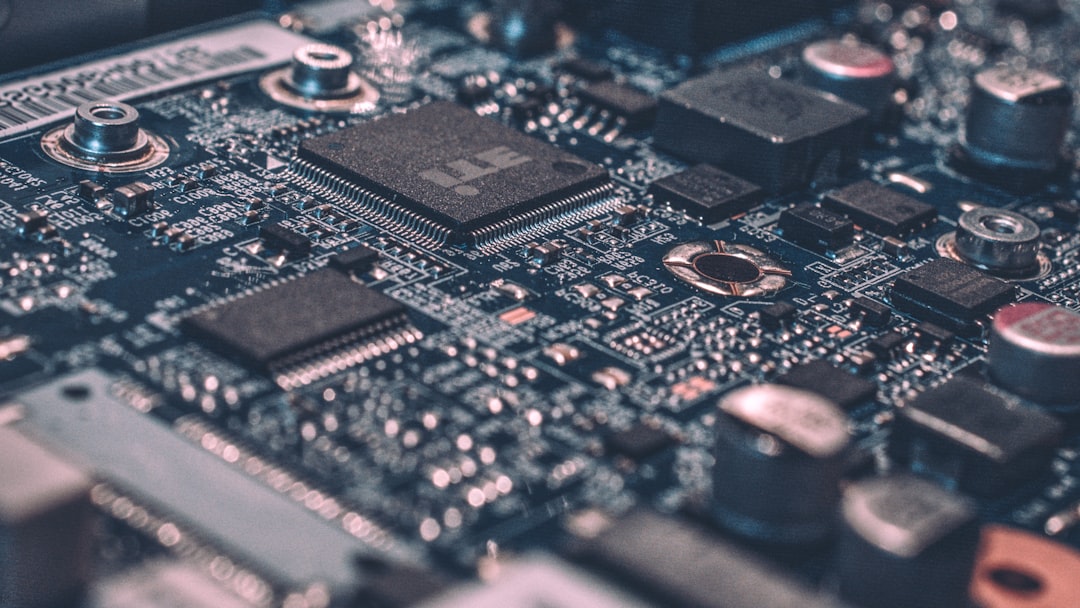What is it about?
Already more than two decades ago a remarkable effect was reported, which remains one of the most intriguing effects known in nanoscience, and which remains largely unexplained. This so-called CISS effect (Chirality Induced Spin Selectivity) in its original form connects the handedness of a molecule to the spin polarization of electrons that are transmitted through the molecule. Sending a stream of unpolarized electrons through, say, a short strand of a DNA helix, which is right-handed, produces an flow of electrons with their spins predominantly oriented along the forward direction. Despite many attempts, a theoretical explanation has not yet been found. The problem lies in the fact that any interpretation will need to rely on an interaction between the spins and the atomic potentials, known as the spin-orbit interaction. For the organic molecules used in these experiments, this spin-orbit interaction is far too weak to explain the observations. Here, we demonstrate a mechanism that amplifies the spin orbit interaction. By considering quantum interference of electron waves scattered by many atoms arranged in a helical string, we show that the combined effect results in an enhancement of the spin polarization of the electrons, which further grows linearly with increasing the length of the helical string.
Featured Image

Photo by Geetanjal Khanna on Unsplash
Why is it important?
The CISS effect may have many applications, ranging from spintronics to enantiomer separation in biochemistry. Without a fundamental understanding of the effect it remains difficult to evaluate the validity and importance of the experiments leading to these applications. Our model may open an avenue forward.
Read the Original
This page is a summary of: Chirality-controlled spin scattering through quantum interference, The Journal of Chemical Physics, July 2023, American Institute of Physics,
DOI: 10.1063/5.0156316.
You can read the full text:
Contributors
The following have contributed to this page










